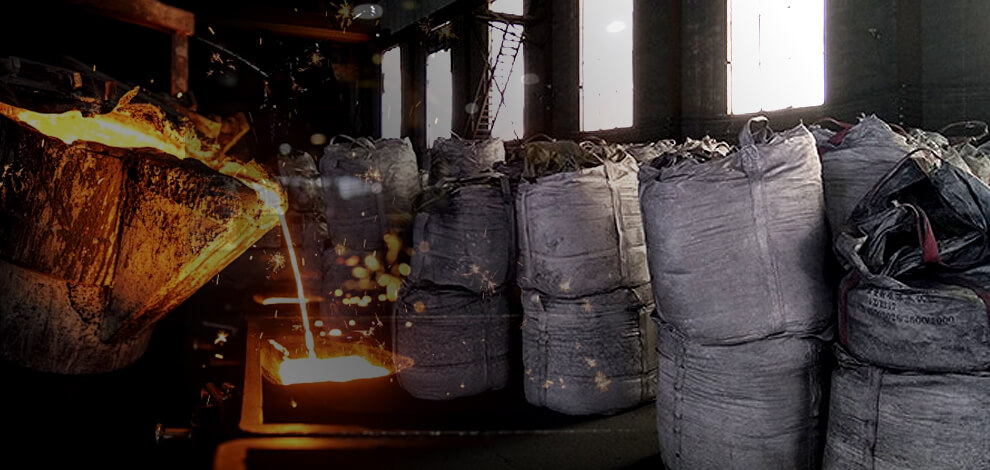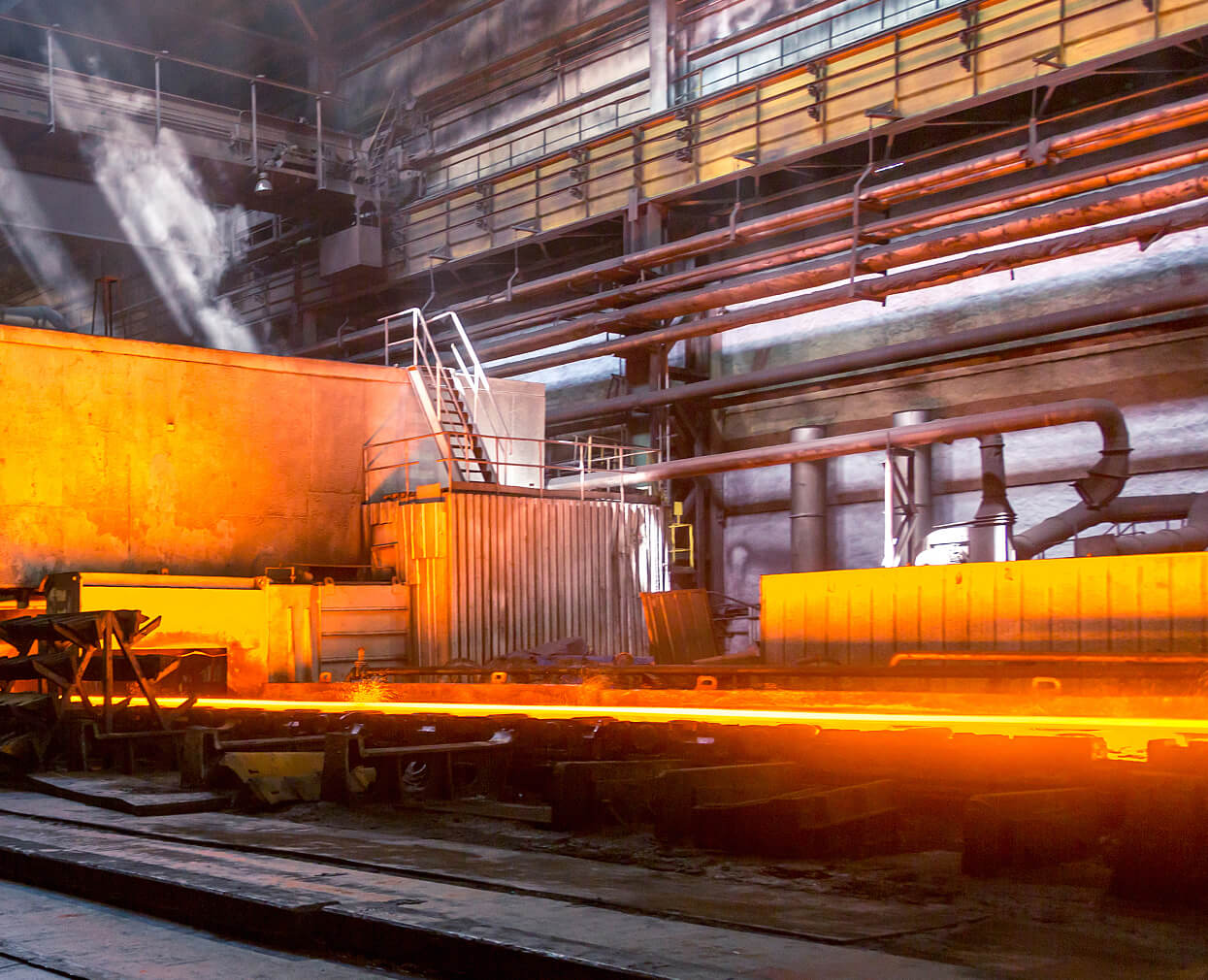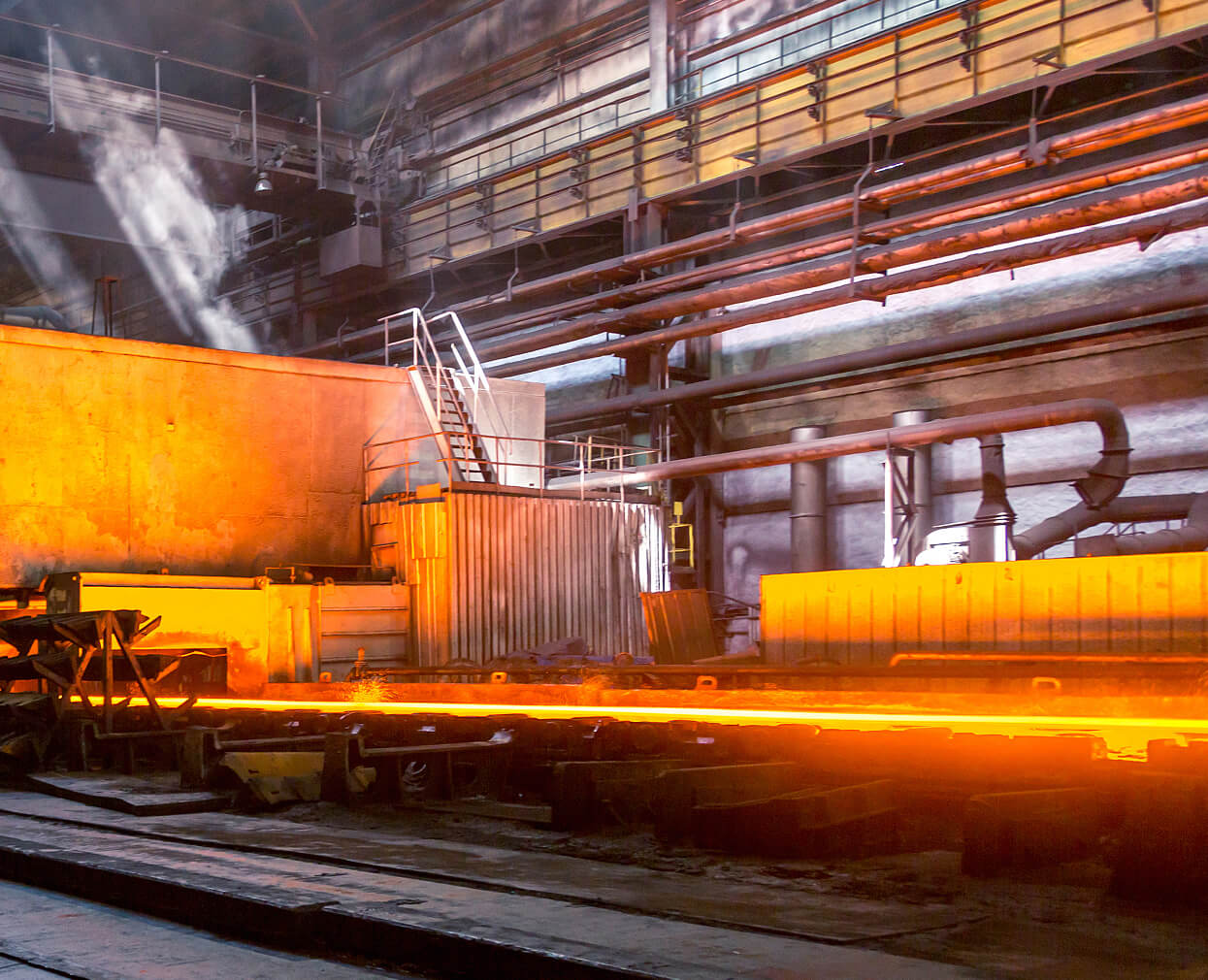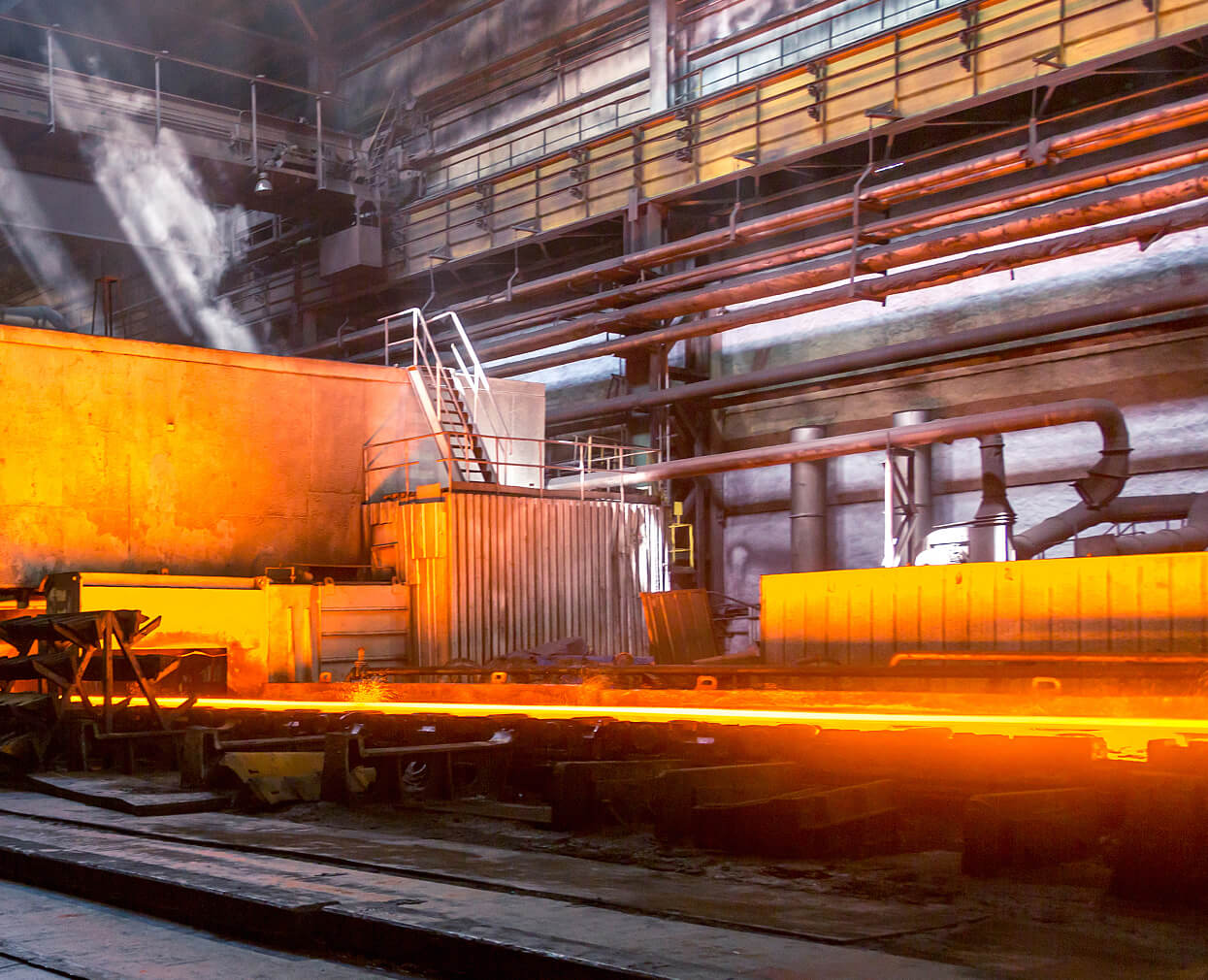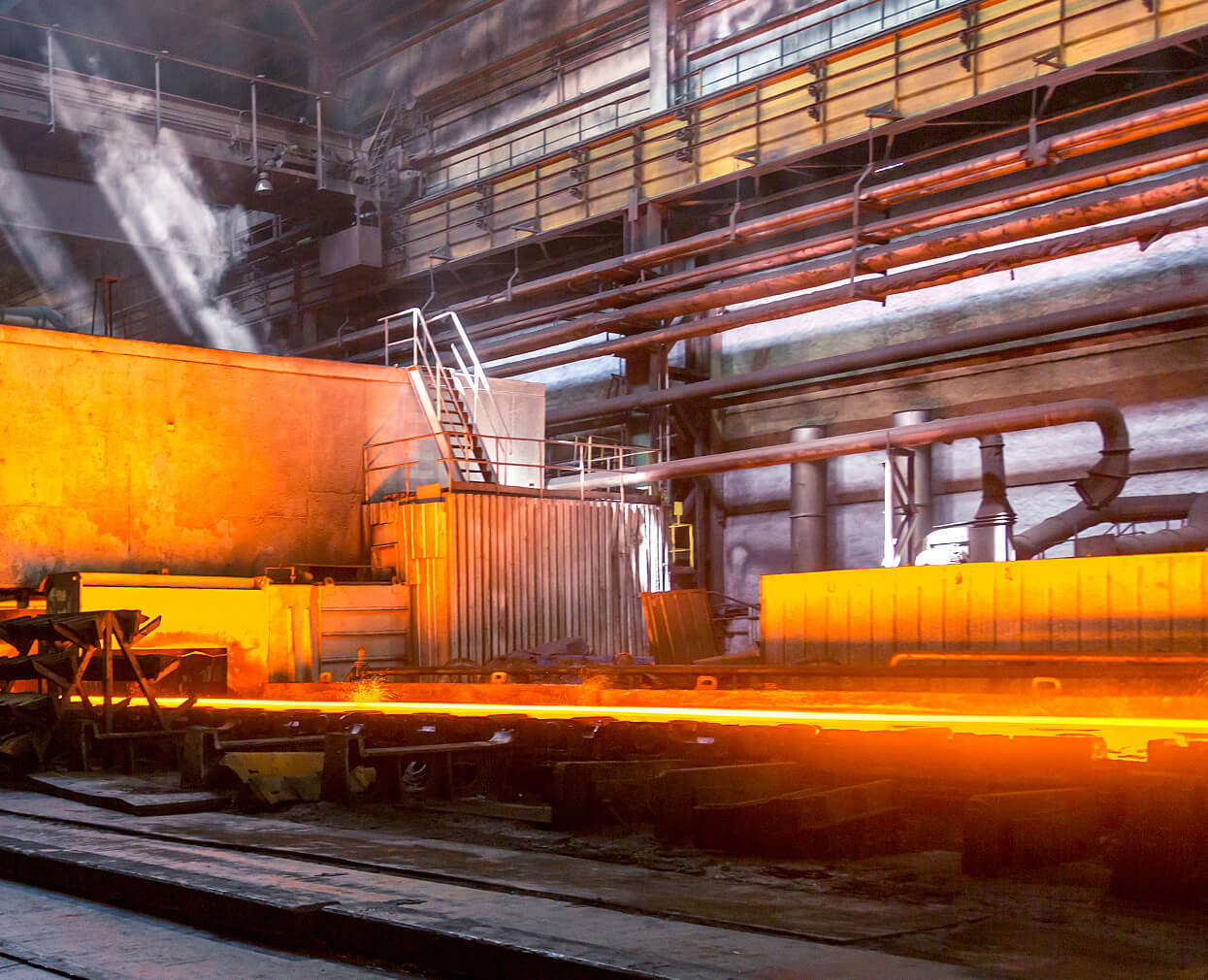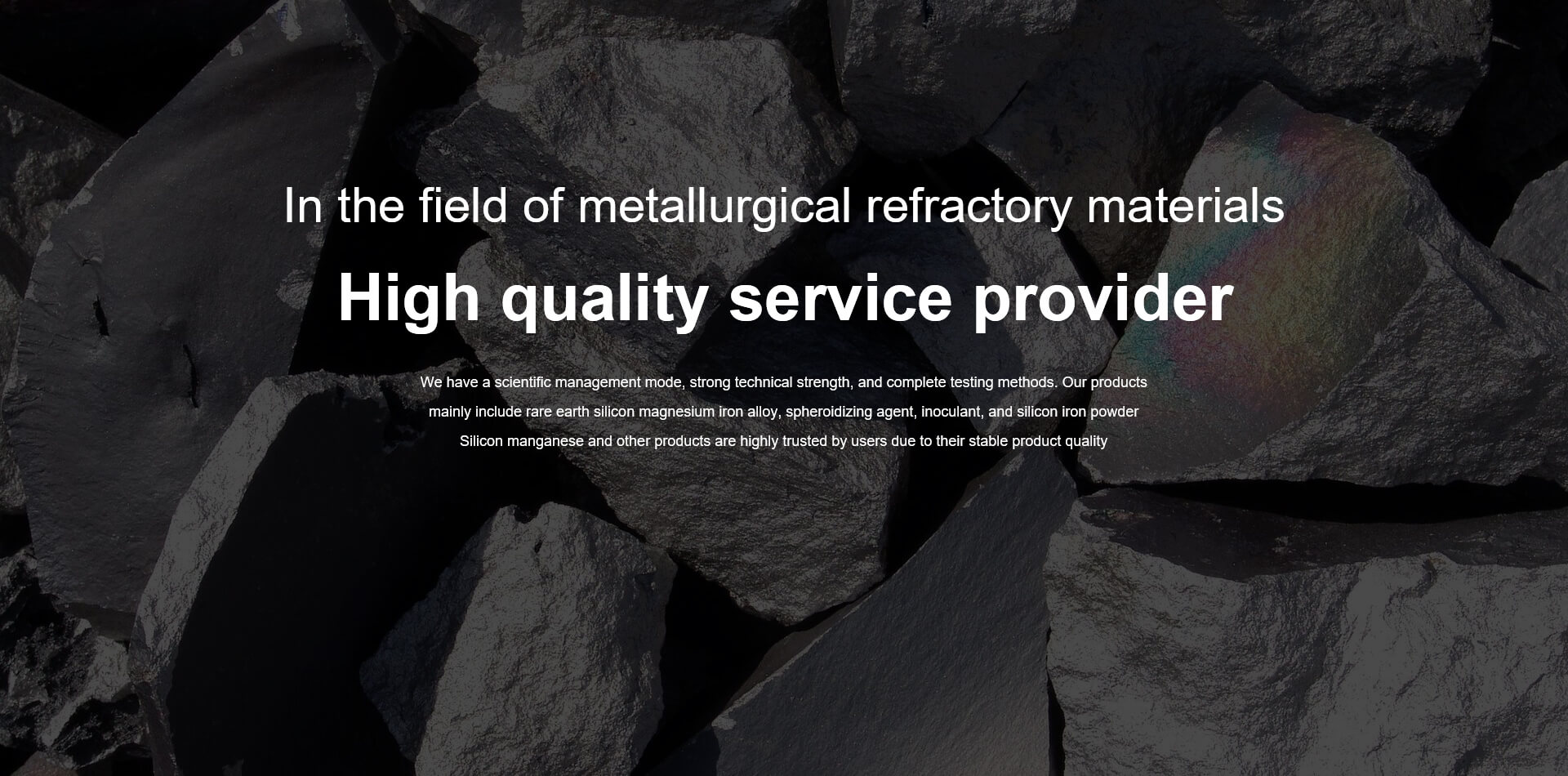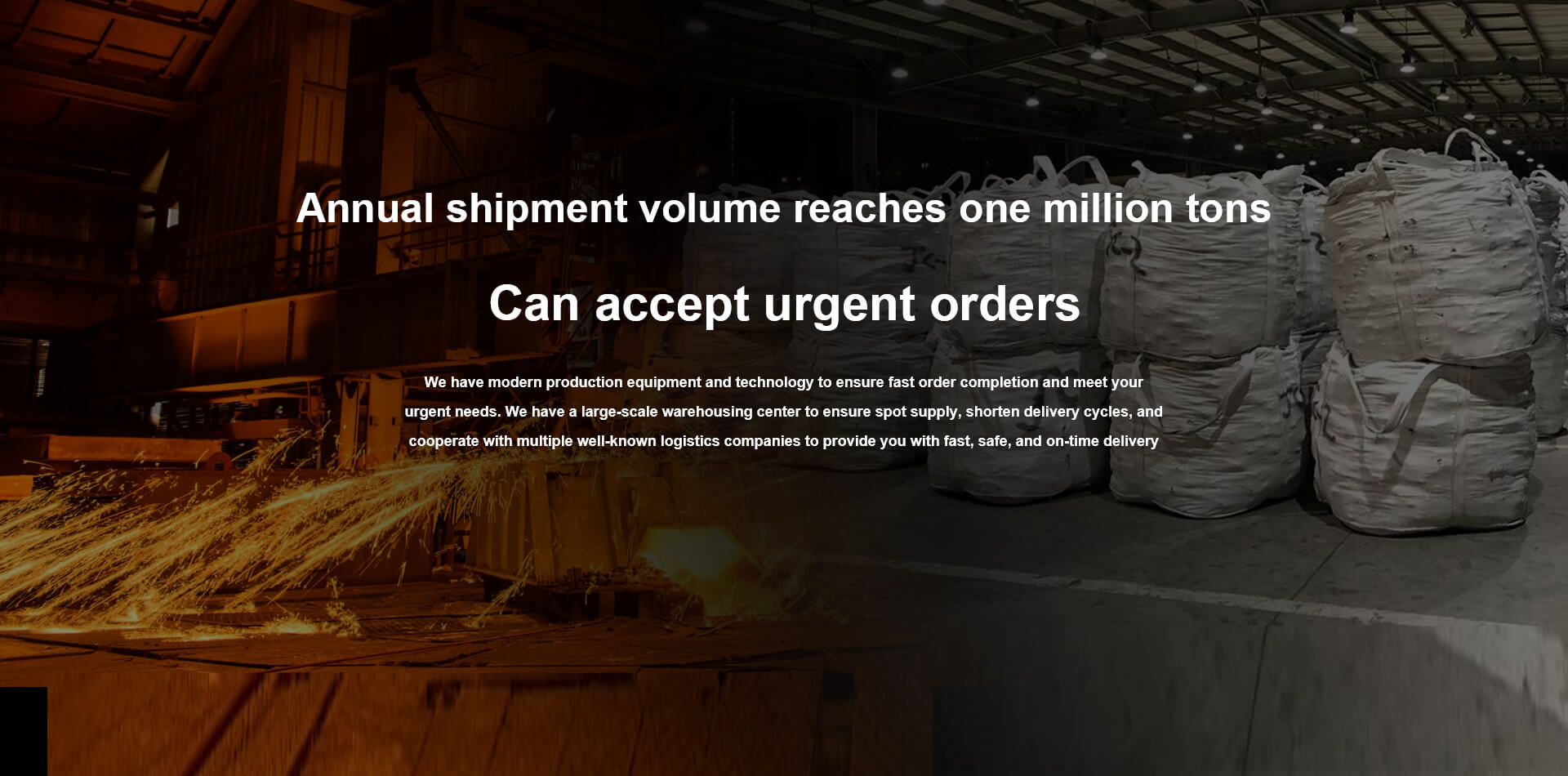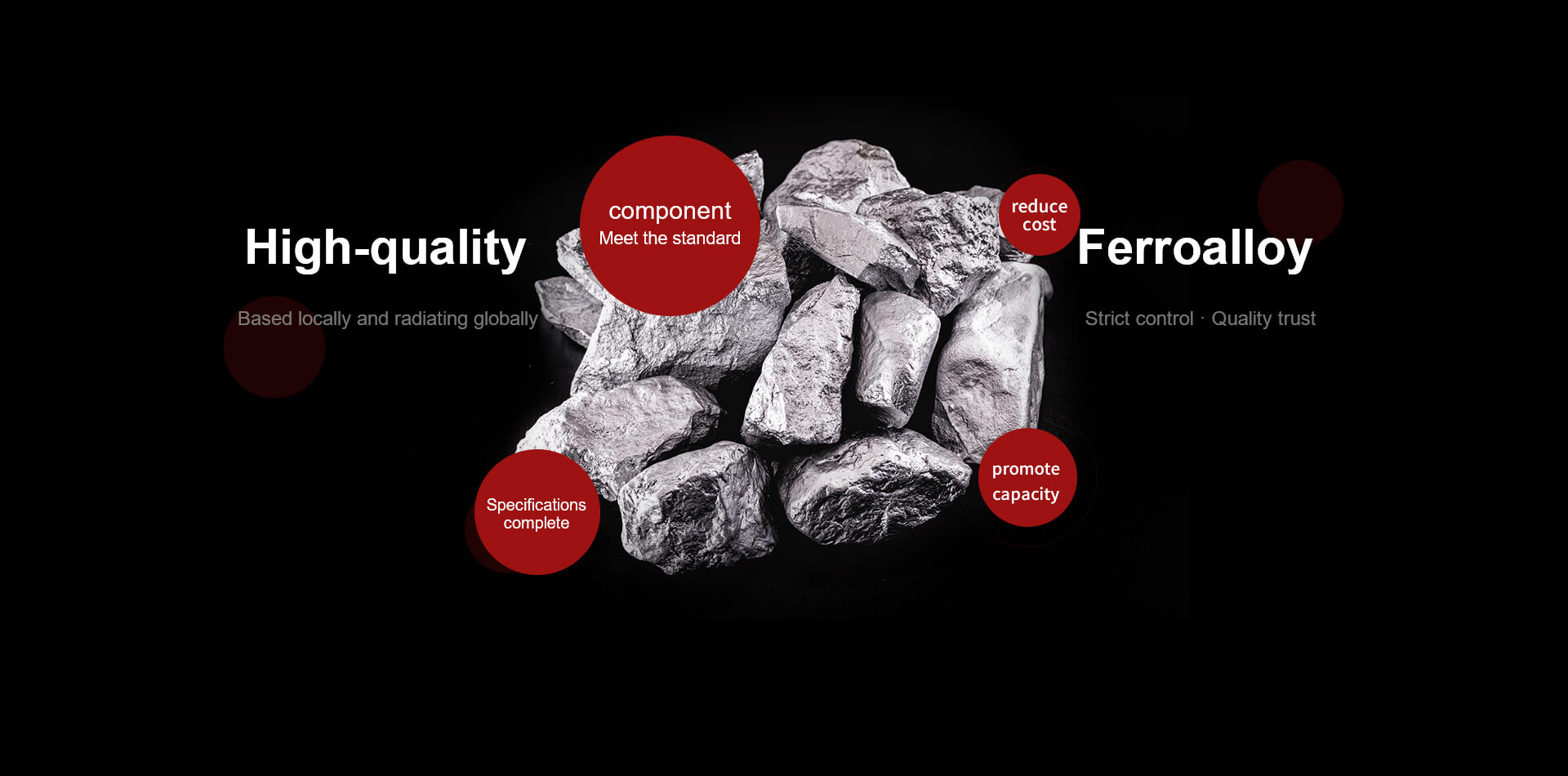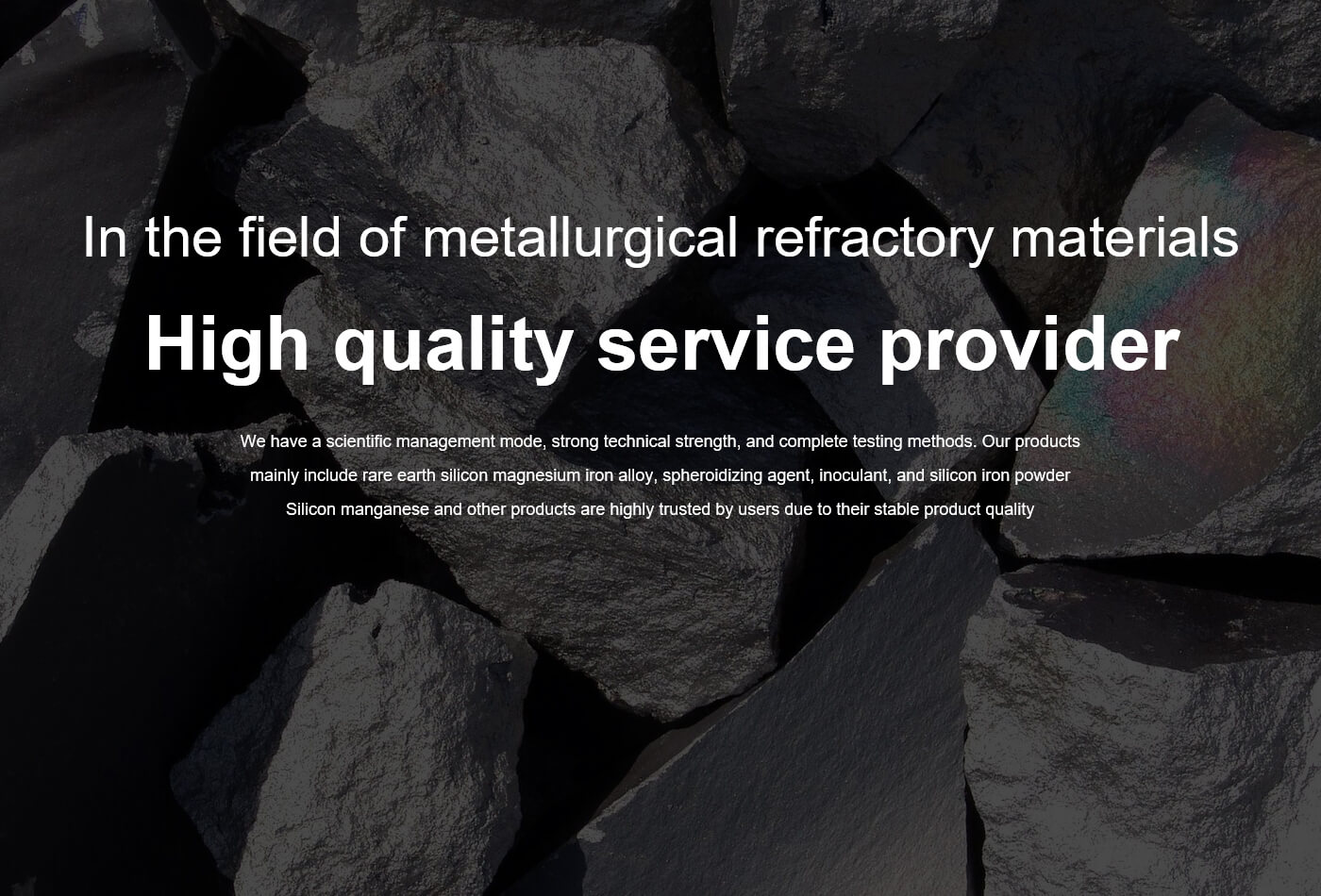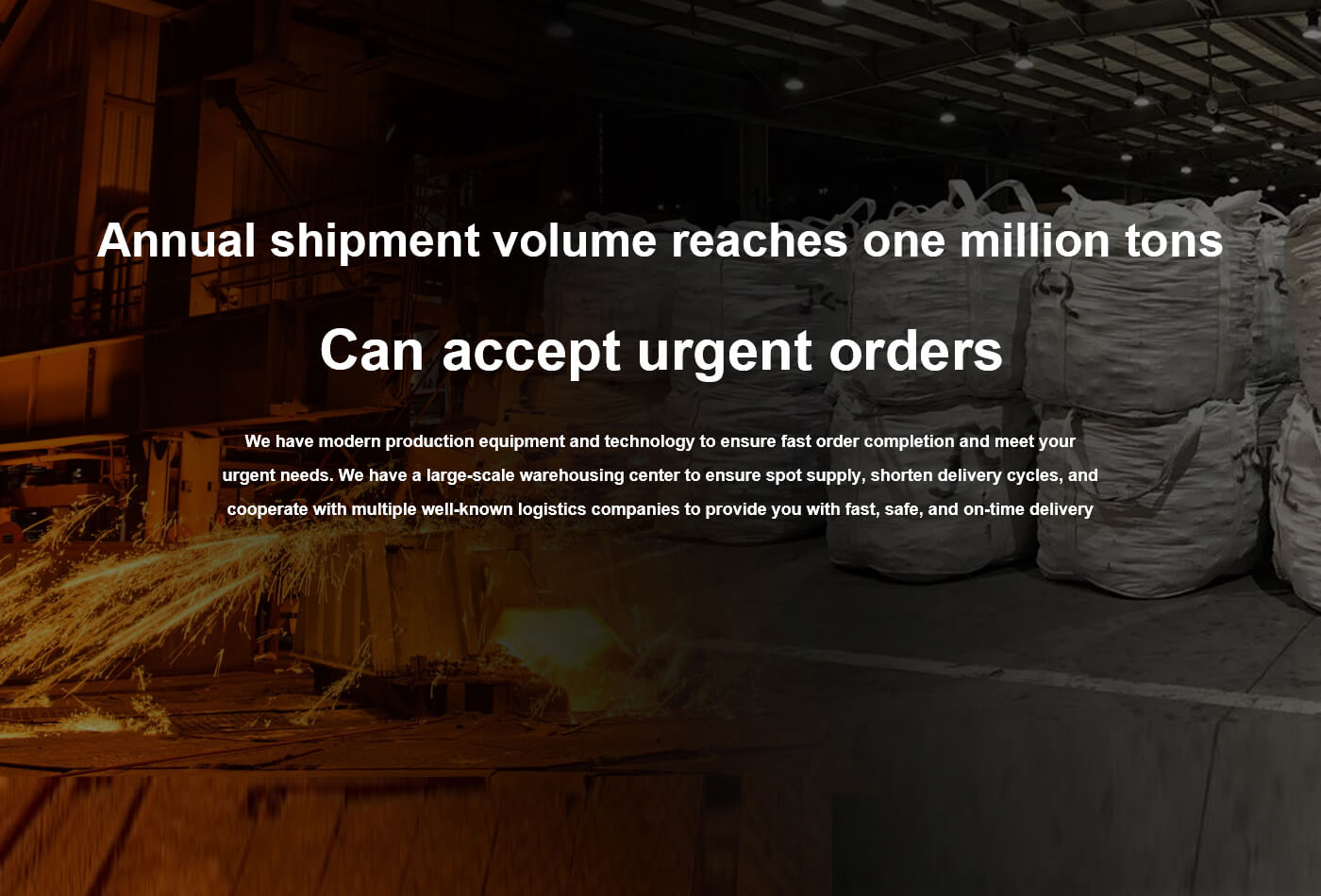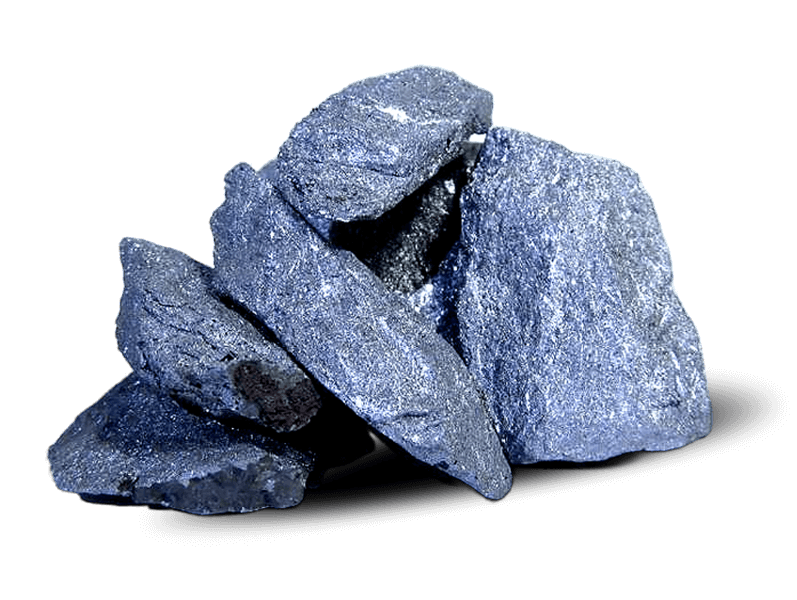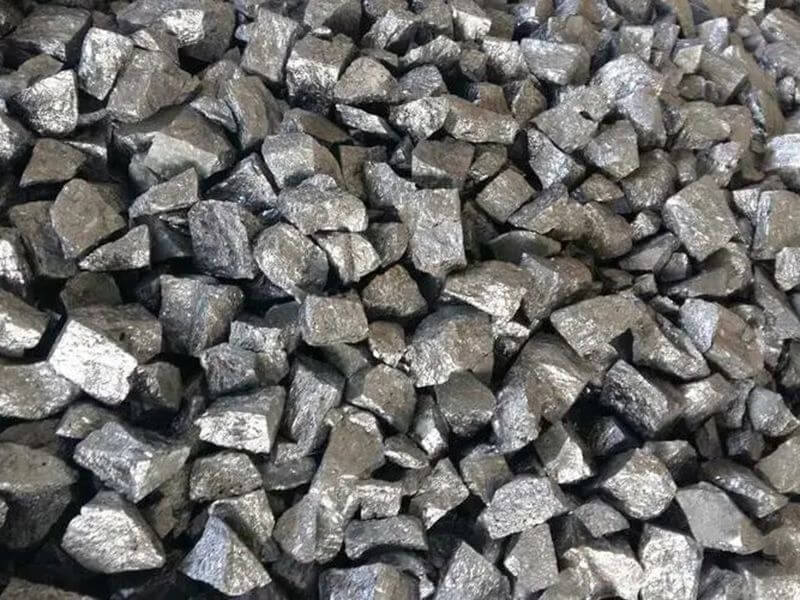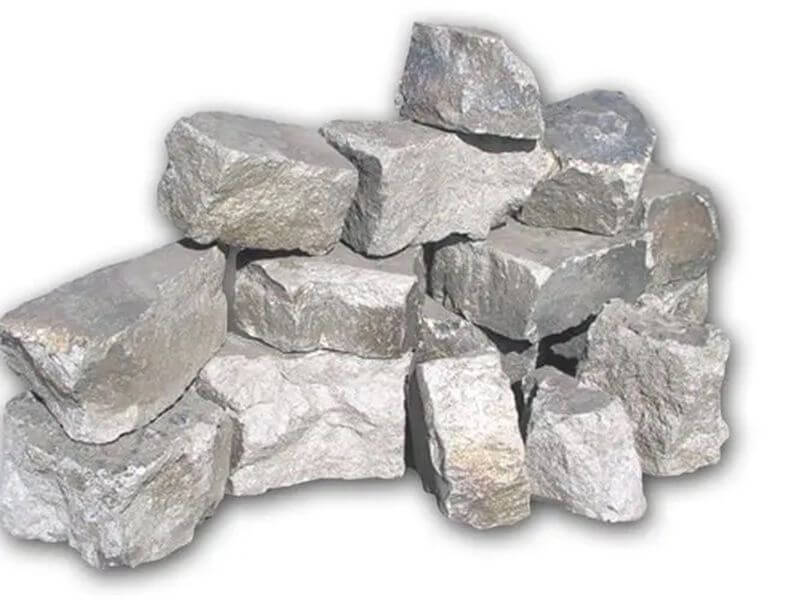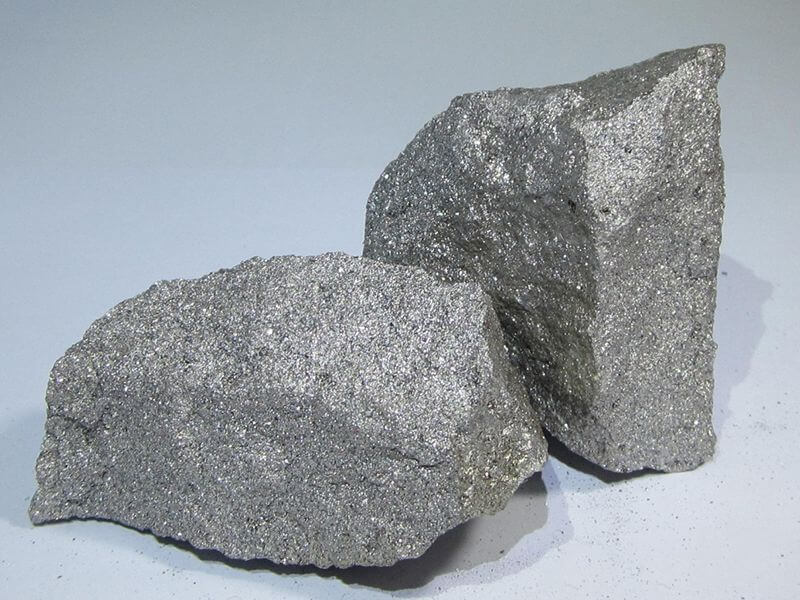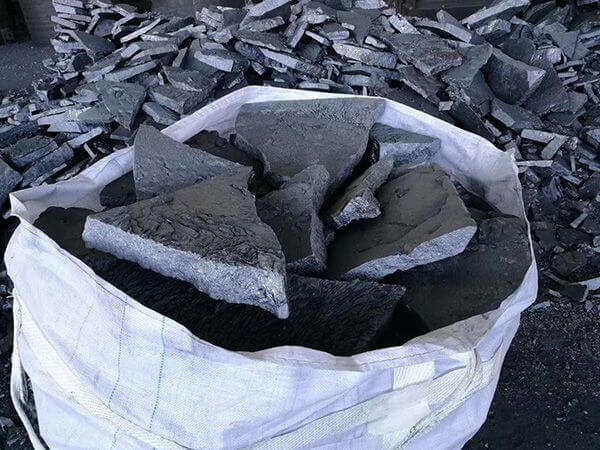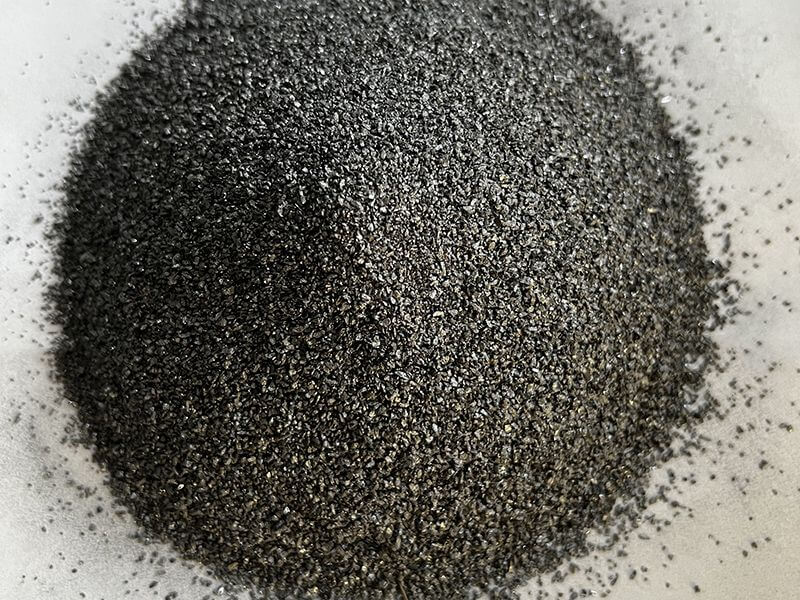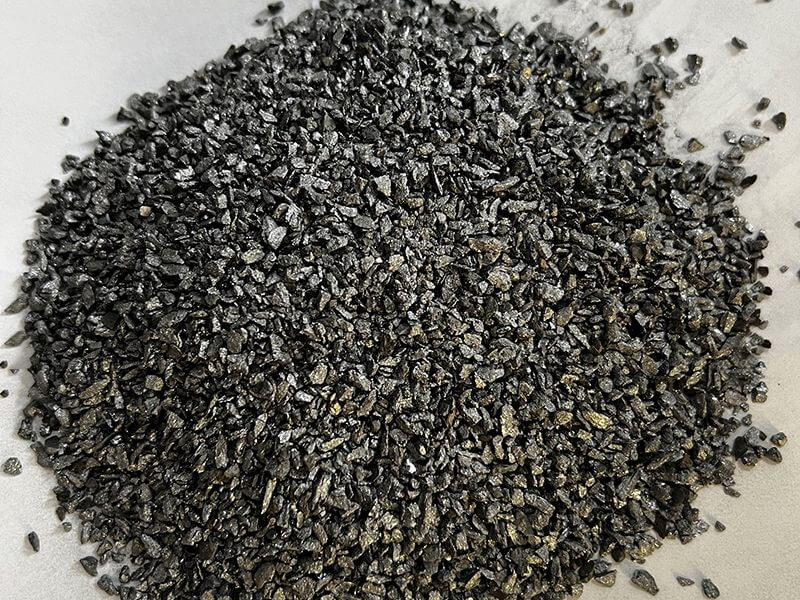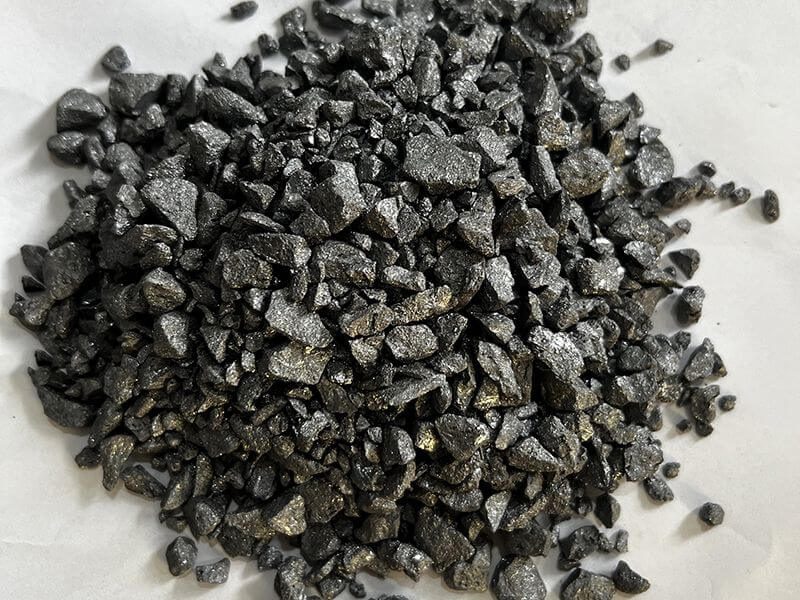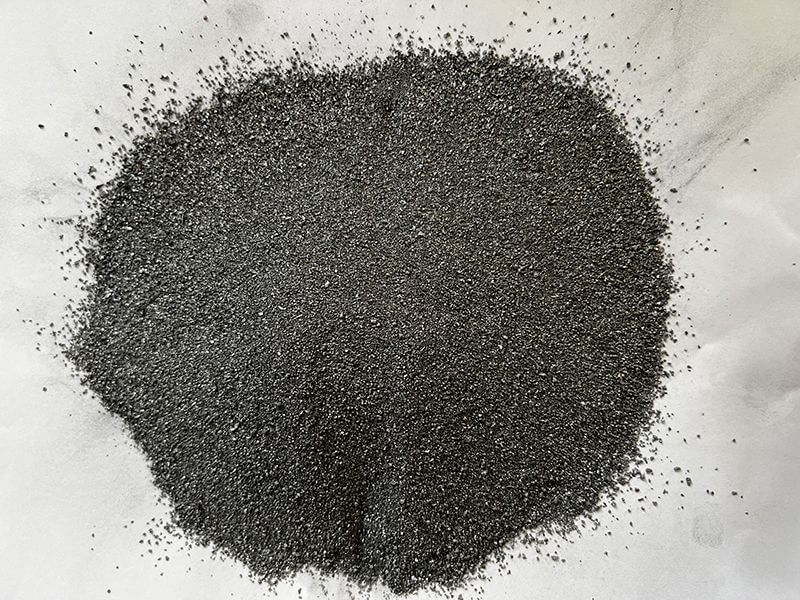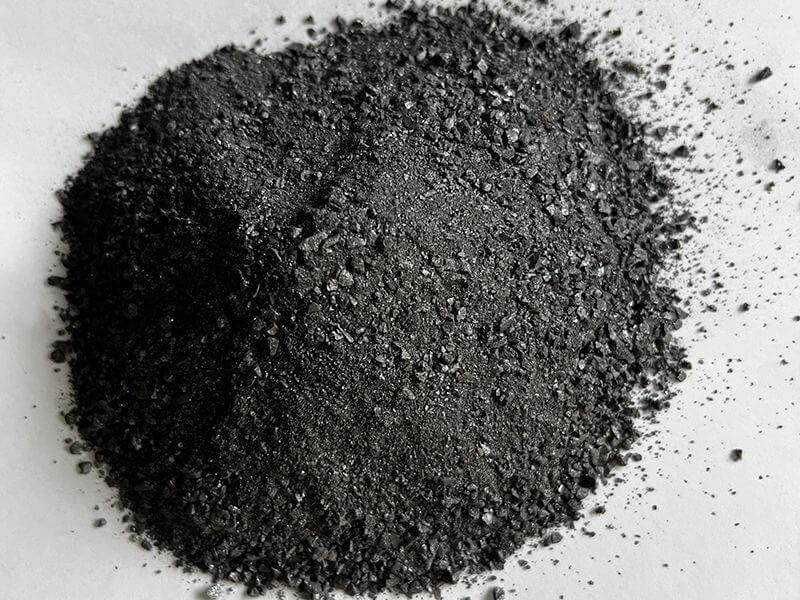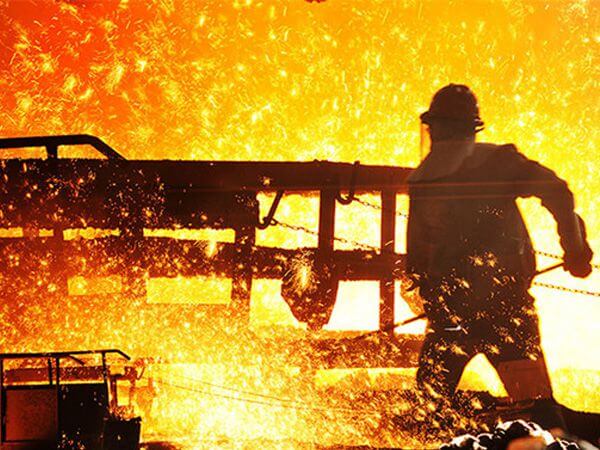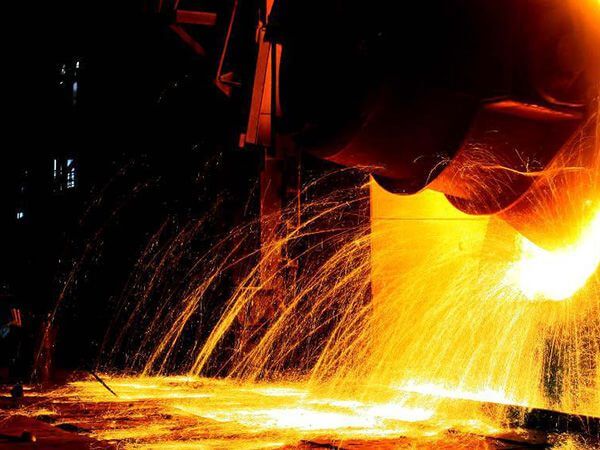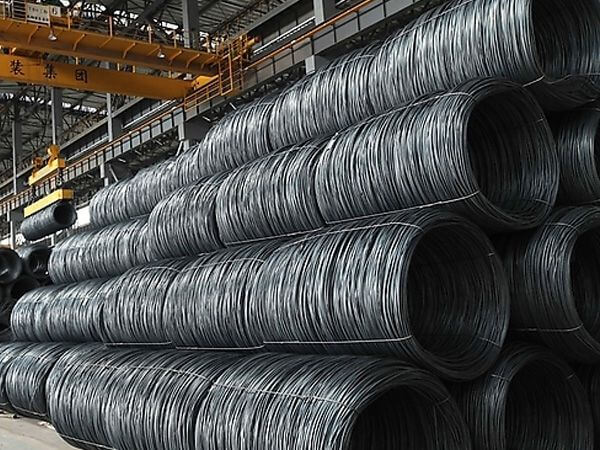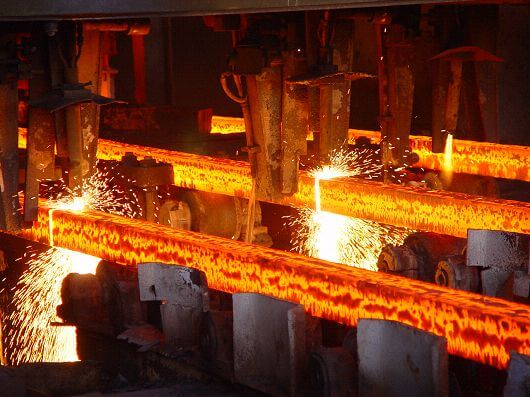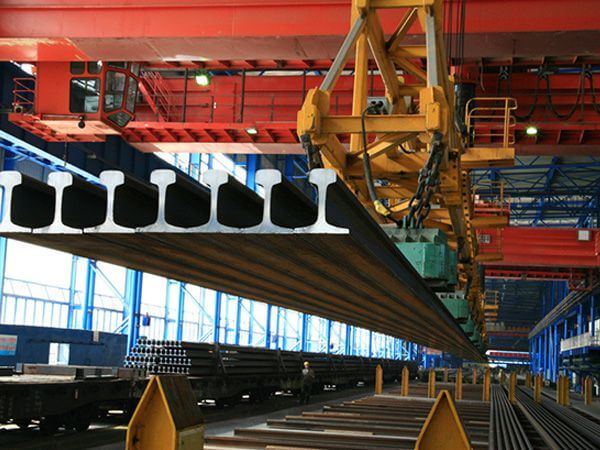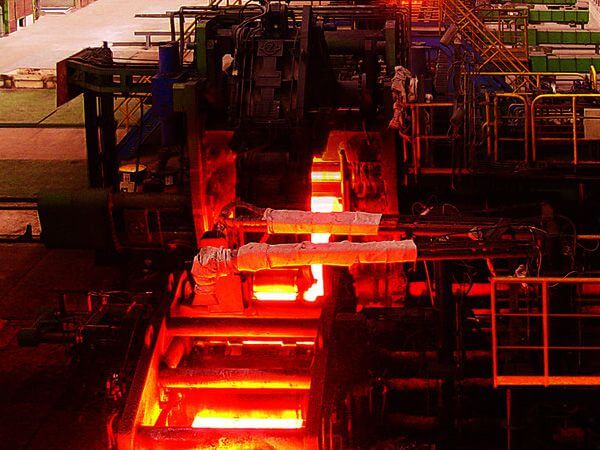Research on the Ferroalloy Industry: Shortage of Supply, Silicon Iron, Manganese Silicon Joining Hands to Climb Higher
Steel mills have high enthusiasm for production, boosting demand for ferroalloysDue to environmental restrictions, production of ferroalloys on the supply side has decreased, but demand from steel mills on the demand side is strong. Zhou Keqing, the Marketing Department Director of the Supply and Marketing Center of Inner Mongolia Junzheng Energy Chemical Co., Ltd., further introduced that recently, steel plant procurement personnel have personally gone to iron alloy enterprises to urge orders, and the tight supply has caused iron alloy prices to soar It is understood that the above phenomenon not only occurs in the northwest region, but also exists nationwide. The bidding price for manganese and silicon at Fujian Sanming Iron and Steel in August has been finalized at 7100 yuan/ton, an increase of 2112 yuan/ton from July. In addition, the August manganese silicon bidding price of Pangang was 7520 yuan/ton, and the August manganese silicon bidding price of Shaanxi Hanzhong Iron and Steel was 7400 yuan/ton, both of which have increased compared to July Steel mills raise raw material procurement prices, but what about their own production Due to the rise in steel prices and improved profits for steel mills, they have been expanding production since March. According to the data of the World Steel Association, in June, the crude steel output of Chinese Mainland was 69.47 million tons, up 1.7% year on year. The global crude steel output after deducting China was 66.25 million tons, down 1.6% year on year, indicating that the operating rate of foreign steel mills continued to decline. During the summer break, the demand for foreign alloys shrank while the domestic demand remained strong In early July, a large-scale flood disaster occurred in the middle and lower reaches of the Yangtze River, affecting the production of some steel mills in Jiangsu, Hunan, and Hubei, and causing a slight decline in crude steel production. In mid July, despite increased production restrictions in Tangshan, the China Iron and Steel Association announced a daily crude steel production of 1.7637 million tons, with only a slight increase. July and August are the concentrated maintenance periods for domestic steel mills. After seasonal maintenance, the demand for ferroalloys will only increase and not decrease Li Juan said Mysteel data shows that from January to June 2016, the national production of ferrosilicon was 1.94 million tons, a decrease of 13% compared to the same period in 2015. During the same period, the national manganese silicon production was 3.28 million tons, a decrease of 35.7% compared to the same period in 2015 Manganese silicon production has significantly declined, and Mysteel manganese silicon analyst Cha Zuo Dong believes that this is mainly due to more shutdowns in the south. There are differences in construction between the north and the south, with the north being hot and the south being cold. Firstly, the electricity and metallurgical coke costs in the south are significantly higher than those in the north, with no cost advantage; The second reason is that the southern furnace type is relatively small and costly, while the northern furnace type can reduce costs incrementally It is precisely for the above reasons that ferrosilicon and manganese silicon futures have also become active. Among them, on July 22nd, the manganese silicon 1609 contract achieved a multi week limit up and a historical weekly large increase. It continued to rise by the limit up on July 25th and only recently experienced a pullback trend after taking profits from long positions Li Juan believes that before July, the basis of the manganese silicon 1609 contract was as large as 1200 yuan/ton and as small as -160 yuan/ton, with futures long-term pegged to spot prices. However, in late July, with the rise of spot prices, the basis expanded to 1500 yuan/ton and is currently around 1200 yuan/ton. In the environment of the 1609 contract approaching delivery month and tight supply, the demand for the return of futures and cash has led to a continuous increase in buying momentum. However, considering the chaotic pricing in the spot market and the significant difference in high and low transaction prices, the higher the futures price, the heavier the selling pressure on the market. Therefore, under the basis return demand, the bullish attitude towards futures prices is slightly cautious Xie Xu, a researcher at the Western Futures Investment Research Department, believes that in the long run, China's steel industry continues to reduce production capacity. For ferroalloy enterprises, downstream demand is difficult to boost, and the uncertainty lies in the supply side. Several large-scale ferroalloy enterprises are developing circular economy industrial chains, which have advanced production equipment and are not affected by environmental inspections. At present, all enterprises are operating at full capacity and have plans to further expand their production capacity. In addition, in mid August, the current round of environmental protection inspections will come to an end, and there is a possibility that the outdated production capacity of small and medium-sized enterprises will be restarted driven by profits. So, the main factors determining the fluctuation of ferroalloy prices are the strength of the overcapacity reduction policy and the increase in production driven by profits. Overall, with the support of low inventory, ferroalloy prices will maintain a strong trend
